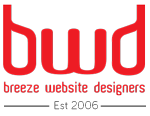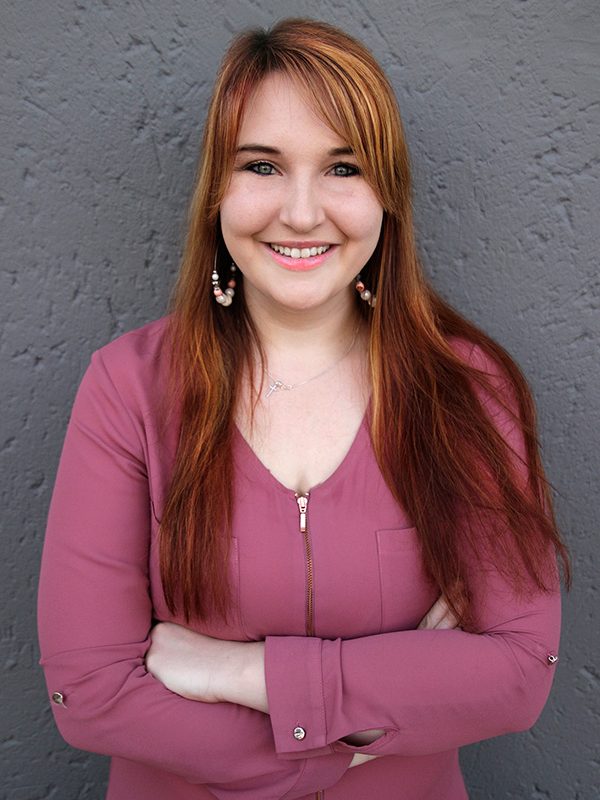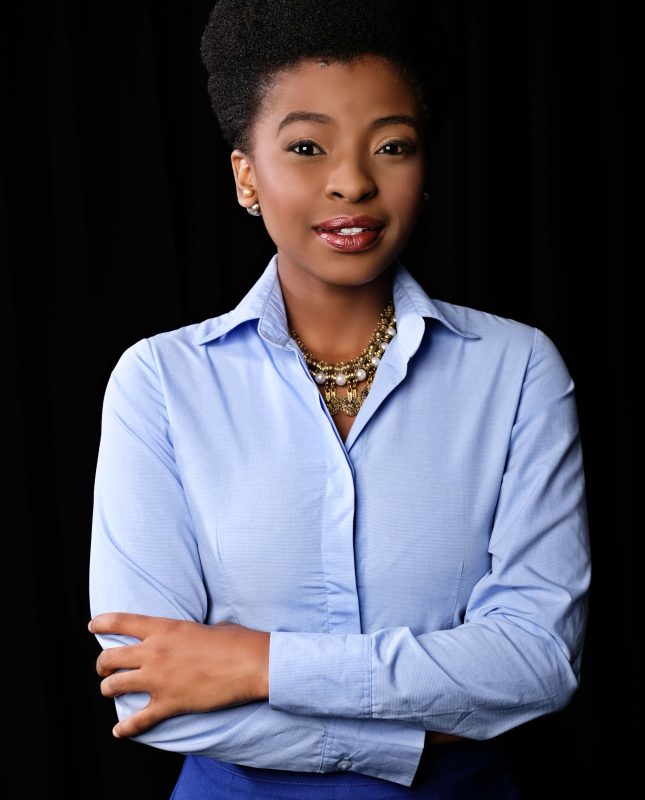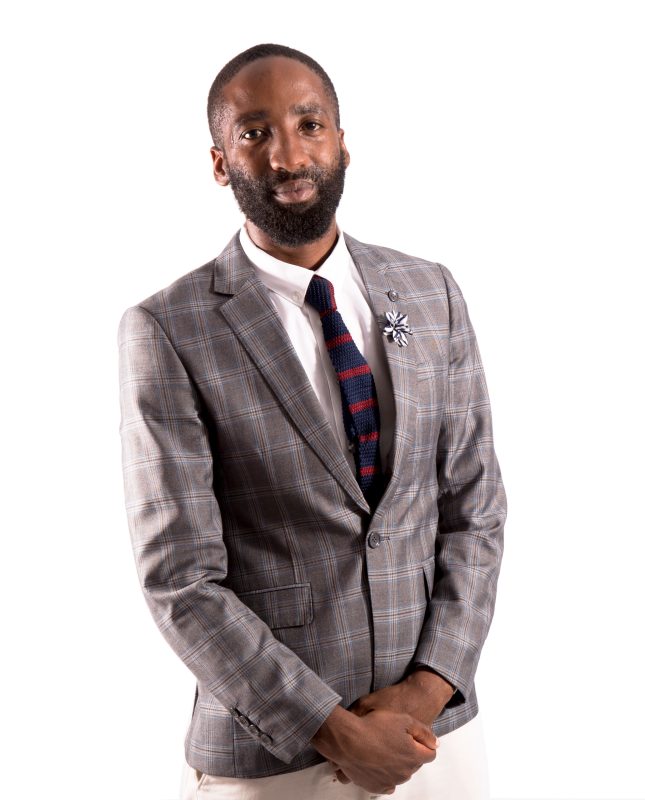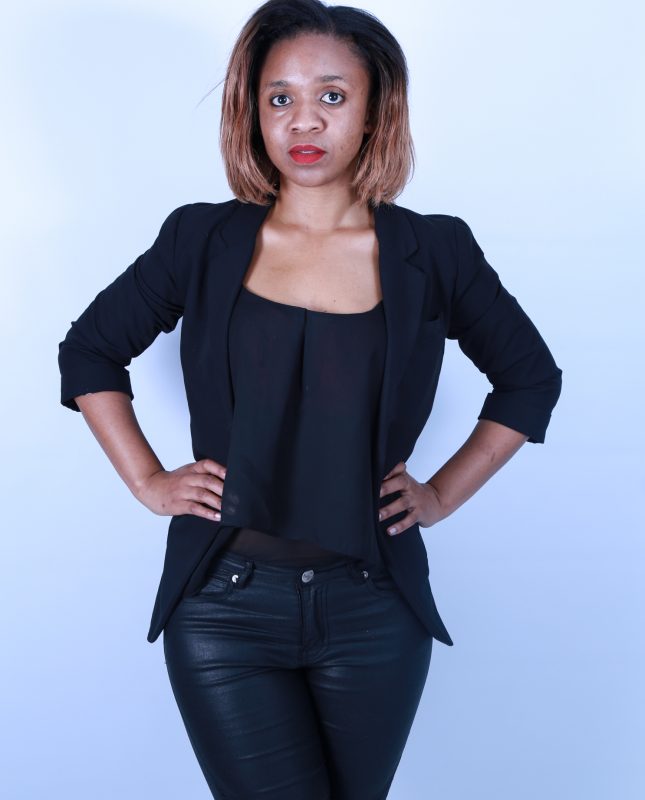KayaFM Bizz Radio Interview With Gugu Cele
https://soundcloud.com/kayafm959/transformation-in-the-advertising-industry Transcript Man: Kaya Biz. Kaya Biz, Entrepreneurs On The Move. Gugu: If you're an entrepreneur and want to get some insight as to how your peers are getting it right and some lessons that you can learn from their activities, give us a ring 086-000-0959 as we...
